A Favorite Magic Book
Of all the magic books some are more important to me than others. Picking favorites isn’t like picking children. I have favorites.
Authors like Wonder, Burger, Thompson- Swiss, Mead, Caveney, Carney make up some of my favorites.
The Scholastic Book Fair was a major event in elementary school. That, dunking Mr. Fountaine in the dunk tank, the field trip to Skate Estate were highlights of the year. The Book Fair was something to look forward to. The idea of shopping for ourselves, buying whatever we wanted at the fair, made of travelling kiosks in the school lobby, was an excitement that didn’t need to be sold to us. I’ve yet to meet another young adult of that era who doesn’t remember those fairs with incredible fondness. I wonder if I saw them now, my all grown up self, what they would look like. My parents being the generous supporters of independence that they have always been gave me some cash to spend at the book fair. A James Bond short novel meant for middle readers involving sharks was a selection once. A spy kit was another pick. But before those and before I really got a handle on reading myself, I signed up for a magic subscription through Scholastic. Every month a booklet would arrive with instructions to accompany some plastic magic apparatus. I’d sit on the floor with my Dad, he’d help me work through the instructions, and by the end of a few of these booklets I had a little show. I’d mainly perform it for my mom, neighbors and family. It wasn’t until I was introduced to a “professional’s trick” in third grade that I really thought to do shows outside my initial circle. Those booklets were really my first magic books. Variety arts being a very small world, twenty years later I had the pleasure to meet Danny Orleans, the magician Scholastic had hired to author the booklets, while performing at the Chicago Magic Lounge alongside Danny’s wife Jan Rose.
Since magic’s secrets first arrived to me via books, as I got a little older and could read on my own, I continued to look there. It helps when basically every great magician I would meet after their shows would give me the same advice- read. It was the constant refrain. They’d all say it in their own way but they’d all say- “read, practice, perform.” It’s simple but the best advice.
Years went by and a lot of the magic I saw on tv, and the early days of YouTube was stage illusions. When friends came over, we wouldn’t play tag or house, we’d play David Copperfield. I was imaginative and bossy. (You’ll need to ask my friends if that’s still true). Illusions were where it was at. I was lucky to visit Tannen’s Magic Shop in NYC about once a year on an annual trip for a Broadway show or theater camp. On one of the earliest trips, we went in to Tannen’s, I looked around and asked what kind of illusion I could buy with my birthday money. As an eight- or nine-year-old I didn’t really have a sense that sort of thing cost thousands of dollars and couldn’t really be bought at Tannen’s during the 2000’s anyway. The magician behind the counter though said they had books about illusions with instructions on how to build them. “Oh, my dad can build things.”
He came around the counter to the bookshelves and pulled two books down. Both were cellophane wrapped to preserve the secrets inside until the purchase was made. One was a comb bound book titled Illusion Systems Book Two. The first volume was sold out so the sequel was where I’d have to begin. It was tips on how to build illusions with all kinds of things I’d never heard of before like using formica, spray adhesive, or sheet metal. It was compiled by theme park show impresario and illusion builder, Paul Osborne with contributions from many great illusion builders. I thought this seemed like something I would I need to become the next famous illusionist.
The other book was dark navy blue and was a distinctively shaped horizontally. It was a beautiful hard cover with a cloth front and silver print on the face. I must’ve immediately realized that I did not have any books like this. The books I had were cheap, it was ok if my cereal got on the book. I could wipe it right off the glossy pages and continue reading. This was different. This felt special. This felt heavy. This was The Complete Jarrett. I have no recollection of what the salesman said to me to buy it. Maybe all I needed to know was that secrets of illusions were inside. I bought both books.
The Complete Jarrett is an annotated version of Jarrett Magic and Stagecraft, a self-titled book by illusion designer Guy Jarrett in 1936. He was in essence a real character. Inventive, clever, ahead of his time. He created illusions for the most famous touring magicians of the turn of the century. Almost always, especially with Thurston, their performance of his work was never to his standards. He ended up writing a book in his own crass style of his magical ideas, thoughts on design and construction of apparatus, and opinion on contemporary performers. Jim Steinmeyer, arguably the most significant illusion designer of the modern era, took on the monumental task of carefully annotating the book offering explanations for the context of certain shows Jarrett worked on or what a jazz-age word meant. Steinmeyer added introductory biographical chapters on who Jarrett was and what would lead someone to write, edit, hand print (!), bind every single copy himself, market and publish of his own book. Magic historians celebrated the release. I can’t imagine what Jarrett would think of a nine-year-old reading his book. I can’t imagine what Steinmeyer would think of a nine-year-old reading his book.
Honestly, of course I didn’t understand it at all. I had very little knowledge of illusion principles at the time and the curmudgeon personality of the original author was a completely lost on me. But as I read, I did begin to understand a lot of the tricks. How can 21 people appear from a cabinet? How can a bowl of water appear under a foulard? Jarrett was not only explaining his method, but why his method was better than others that had come before. So, I’d come home after school and pick it up for a little and read a trick description and look at the crude photo illustrations Jarrett had hand cut in the 30’s and over time I started to get a sense of why he was making the decisions he was. Steinmeyer’s annotations would explain why something was a great idea. It was information and appreciation in one book. That was the combination that at my very young age was so transformative and had such a profound impact. The book was always a prized object to me because it was the most beautiful book I owned. But over a handful of years, it became a resource where I learned so much about stage illusions specifically and magic in general. It wasn’t a book I’d go to often for specific inspiration or to pull an idea from. But I learned so much about magic by getting that book well before I knew what to do with it.
My dad and I built some pretty terrible versions of illusions as I wrapped up elementary school and went into middle school. All the while I met mentors who began to train me in all of the areas of magic I hadn’t explored yet. I started to learn a lot more about sleight of hand magic. I started to work of acts I could perform for little gigs around town. I continued to learn more and more about stage illusions with every opportunity I could find, including years later working backstage for a month on a massive illusion show featuring a white tiger. But, overtime, the study of illusions became more academic and principle based, and less for the potential of my own performances. I got more and more books about all kinds of magic to begin a personal library. Jarrett is still one of my favorites.
In November I’ve been asked to perform the sleight of hand magic and psychological mysteries I’ve honed over hundreds of performances at the Yankee Gathering, a conference on magic history. This year’s guest of honor is Jim Steinmeyer. I’m looking forward to having my copy of the beautiful dark blue book of illusions signed.
Alexander Boyce is a sleight of hand artist and magician whose performances have been seen at The Magic Castle, The McKittrick Hotel, The Rainbow Room, Lincoln Center and many private corporate events around the world. He’s performed at company holiday parties, staff parties, employee events, meetings, and theatrical shows in New York City, New Jersey, Connecticut, Brooklyn, Long Island, and all over the United States.


